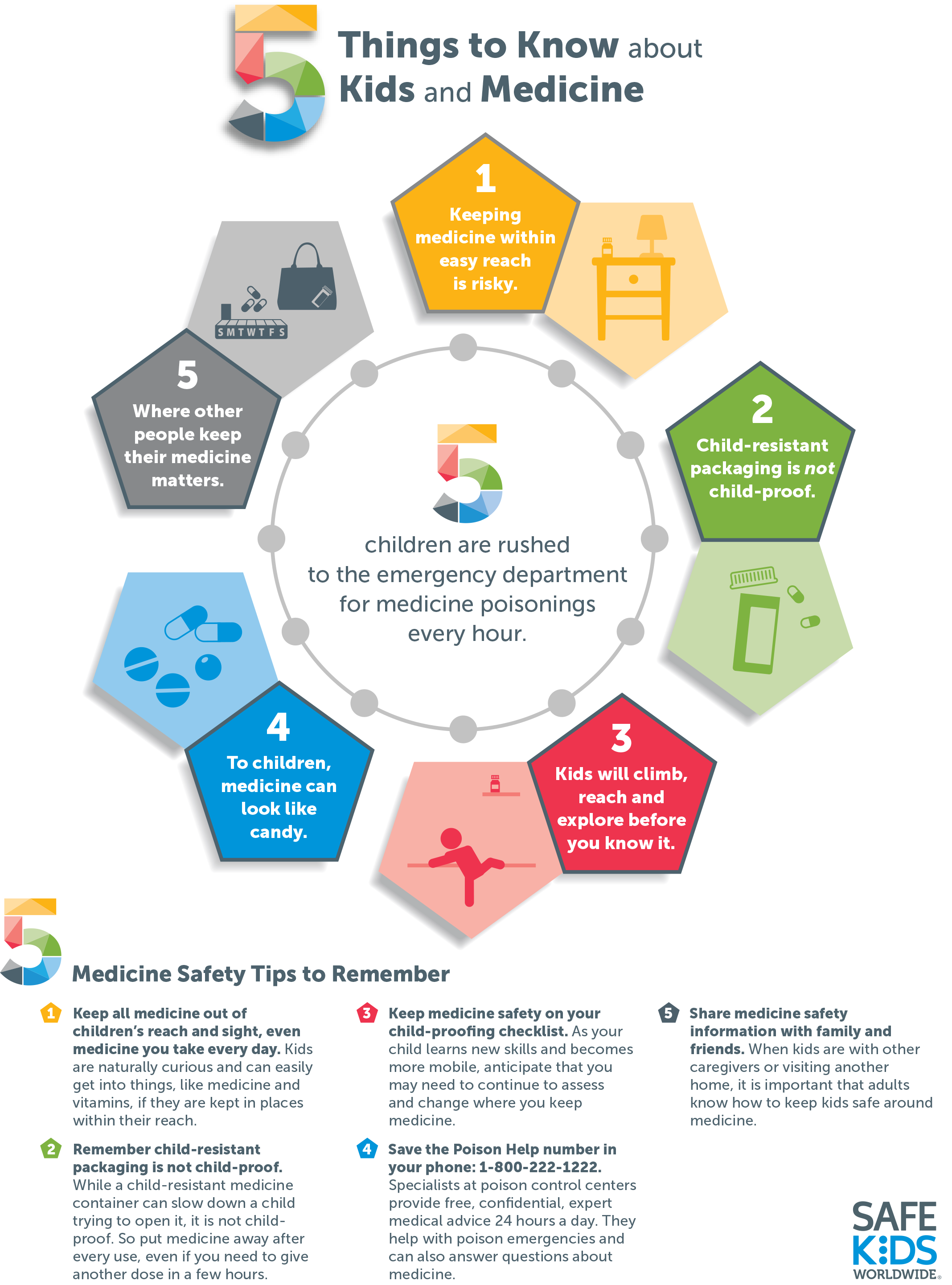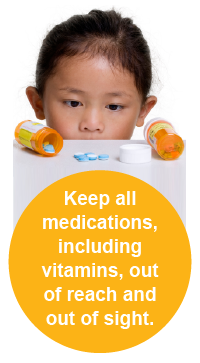Month: March 2021
Poison Prevention Week
Accidental Poisoning: Five True Stories of Toxic Mix-Ups
https://abcnews.go.com/Health/FirstAid/story?id=7292295&page=1
Are Injury Rates Tied to the Community we live in?
From the second our babies are born; we know we will do anything within our power to protect them. We love them, care for them, and strive to give them all we can. What we also need to realize is that affordable, proven practices are available right now, practices that can save the lives of children. Education, stronger laws, and safer environments make a difference. This is proven as many developed countries have reduced child injury deaths by 50% in the past 25 years. Most of these injuries happen to children who live in poorer communities.
What killed 488,015 people from 1999 to 2012? A mega-crunch of data from the National Center for Health Statistics against national census data suggests that poverty may be to blame. The study, published in PLOS One, looked at every U.S. fatality from unintentional injuries and income data for the entire U.S. population, for the 14-year period, down to the county level. “This is national data — the highest quality data you could possibly have,” says investigator Eric Fleegler, MD, MPH, an emergency physician at Boston Children’s Hospital who is interested in socioeconomic factors in health. “It’s unusual to have data of this breadth and depth.”
Unintentional injuries are already known to be the fifth largest cause of death in the U.S., and these mortalities have been rising over the past decade. At the same time, more people are living in areas with high poverty levels.
Are these two trends connected? Fleegler, together with Rebecca Karb, MD, PhD of Brown University’s Alpert Medical School and S.V. Subramanian of the Harvard T.H. Chan School of Public Health, set out to answer that question, They defined poverty, per federal guidelines, as an annual income of roughly $25,000 or less for a family of four, and looked at six categories of unintentional injury: motor vehicle crashes, falls, accidental discharge of a firearm, drowning, poisoning and exposure to fire or smoke.
Overdose and its Consequences by KLB
I have never had to think about the consequences of an overdose until recently. A trip to the emergency room, medications given that I do not take on a regular basis, an allergic reaction and more. This situation has led to me rethinking when and how overdoses happen and if naloxone should be on hand for everyone. I have decided that I need to get more information and I need to be more educated. That line of thinking has led me to learn more and be better. I was not aware that you can overdose on depressants, alcohol, opioids, prescription medications and so much more. I did not think that just going to an emergency room would create a need for education. I did not think that something as simple as combining medications could have such disastrous outcomes. I encourage others to learn about overdose and naloxone. https://www.addictioncenter.com/drugs/overdose/

